1887
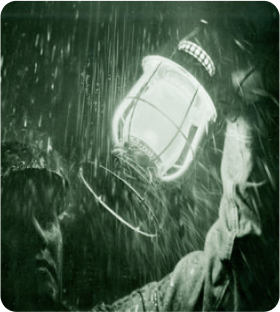
1887
Birth of borosilicate glass
The German scientist Otto Schott discovered that the addition of boron oxide to the composition of glass made it very resistant to thermal shock. Its borosilicate glass formula enjoyed immediate commercial success. W. C. Taylor, a chemist from the American company Corning, improved Otto Schott's recipe in 1912 and obtained an even “harder” glass: Nonex.
Did you know?: The Nonex is used for railway signaling lanterns. Snowflakes, which once caused hot light bulbs to burst, now slide across the glass without damaging it.
Railroad lantern. Courtesy of the Corning Incorporated Department of Archives & Records Management, Corning, NY
1915
1915
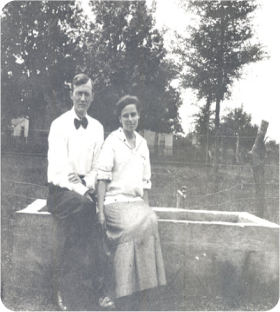
Creation of the Pyrex brand
Bessie Littleton, the wife of physicist Jessie Littleton, an engineer at Corning, is at the origin of the birth of the brand. Her long experience with broken dishes, cracked after a single passage in the oven, pushed her to ask her husband for the bases of Nonex laboratory vats, in order to test the cooking of a Savoie cake. It is a success ! Bessie Littleton transformed the experiment with all kinds of recipes and ingredients, potatoes, meat… Her successes finally convinced the management of Corning, who decided to launch into the manufacture of kitchen utensils. All he needs is a name to exist among the public. We think of “Pyright”, since its first application is a cake mold (flat pie). It was quickly transformed into Pyrex, to rhyme with Nonex. Very quickly, advertisements ran wild to praise this revolutionary glass which resisted cold and fire, and American kitchens were filled with casseroles and transparent dishes.
1916
The first pie dish leaves the Pyrex® brand factories (Bake & Enjoy).
Creation of the Pyrex brand
Bessie Littleton, the wife of physicist Jessie Littleton, an engineer at Corning, is at the origin of the birth of the brand. Her long experience with broken dishes, cracked after a single passage in the oven, pushed her to ask her husband for the bases of Nonex laboratory vats, in order to test the cooking of a Savoie cake. It is a success ! Bessie Littleton transformed the experiment with all kinds of recipes and ingredients, potatoes, meat… Her successes finally convinced the management of Corning, who decided to launch into the manufacture of kitchen utensils. All he needs is a name to exist among the public. We think of “Pyright”, since its first application is a cake mold (flat pie). It was quickly transformed into Pyrex, to rhyme with Nonex. Very quickly, advertisements ran wild to praise this revolutionary glass which resisted cold and fire, and American kitchens were filled with casseroles and transparent dishes.
1916
The first pie dish leaves the Pyrex® brand factories (Bake & Enjoy).

1922
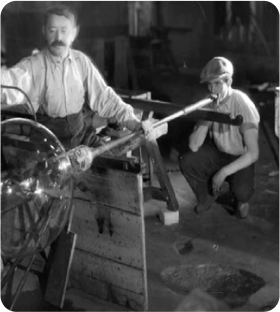
1922
The manufacture of Pyrex® glass crosses the Atlantic and sets up in France
Pioneers of Pyrex in France, glass blowers Clovis and Léon Régent made their first borosilicate balloons in the glassworks of Bagneaux-sur-Loing (in the Paris region). These experiments gave rise to the Le Pyrex Company, of which Saint-Gobain is a shareholder, as well as Corning, which holds 10% of the shares.
1930
1930
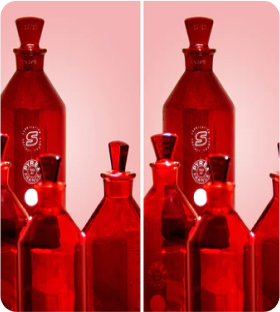
Pyrex® glass enters the world of health
Cannulas, syringes, suction cups, spittoons, nasal droppers... A varied range of hygienic glassware in Pyrex® glass, which is resistant to boiling water, flame, alcohol and chemical agents, has emerged.
Pyrex® glass enters the world of health
Cannulas, syringes, suction cups, spittoons, nasal droppers... A varied range of hygienic glassware in Pyrex® glass, which is resistant to boiling water, flame, alcohol and chemical agents, has emerged.

1936
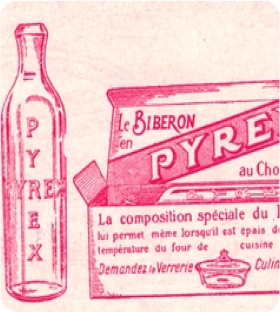
1936
Success of the Baby Bottle range
Created in the 1920s, the Pyrex® baby bottle is a small revolution: reliable, safe, hygienic, it has everything to reassure young mothers. The Bagneaux-sur-Loing factory is overwhelmed with orders for baby bottles. We are developing a semi-automatic machine (until then baby bottles were blown with a cane) which optimizes output.
1948
1948
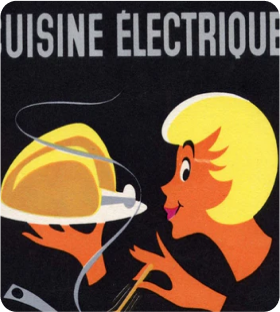
Electric kitchen
The arrival of electricity in the kitchen will revolutionize cooking. Combined gas-electricity or coal-electricity ovens are taking off. Pyrex® oven dishes are found in every home.
Electric kitchen
The arrival of electricity in the kitchen will revolutionize cooking. Combined gas-electricity or coal-electricity ovens are taking off. Pyrex® oven dishes are found in every home.

1970
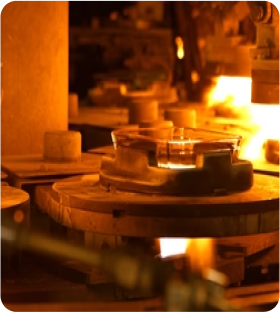
1970
Construction of the factory in Châteauroux, birth of the largest oven in Europe.
The Pyrex® factory was transferred to Châteauroux, to a site which gradually became the main place of production, while the activity of the Bagneaux-sur-Loing glassworks declined.
1985
1985
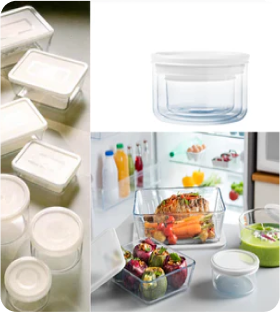
Launch of the first glass conservation range for freezing.
While households are equipping themselves with microwave ovens and freezers, the Pyrex® brand is launching a line of freezer-cooking boxes. The company designs dishes whose cubic shape is specially calibrated for the microwave and saving space.
Launch of the first glass conservation range for freezing.
While households are equipping themselves with microwave ovens and freezers, the Pyrex® brand is launching a line of freezer-cooking boxes. The company designs dishes whose cubic shape is specially calibrated for the microwave and saving space.

2004 - 2010

2004 - 2010
New variations
A small revolution took place during this period. The Pyrex® brand is now available in metal, ceramic and stainless steel. The brand wants to show that it is not limited to fire glass, it offers a varied range for the stove top: frying pans, saucepans, woks and sauté pans.
2008 - 2014
2008 - 2014
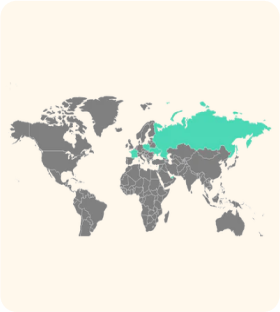
Geographic expansion
Foreign markets, which were traditionally managed from France, benefit from local headquarters in Russia (2008) and Eastern Europe (Ukraine and Poland in 2012). We first install sales teams, then marketing, to support the influence of the Pyrex® brand in these countries.
Geographic expansion
Foreign markets, which were traditionally managed from France, benefit from local headquarters in Russia (2008) and Eastern Europe (Ukraine and Poland in 2012). We first install sales teams, then marketing, to support the influence of the Pyrex® brand in these countries.

2010
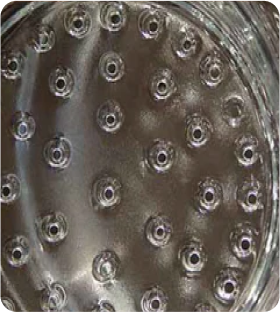
2010
The steam basket
Approved by star chefs, steam cooking is beginning to appeal to enthusiasts. More and more ovens are offering the “steam option” for healthier, less fatty cooking, which preserves the minerals, vitamins and colour of the food. The Pyrex® brand is then the only brand capable of producing a glass steam basket industrially.
2015
2015
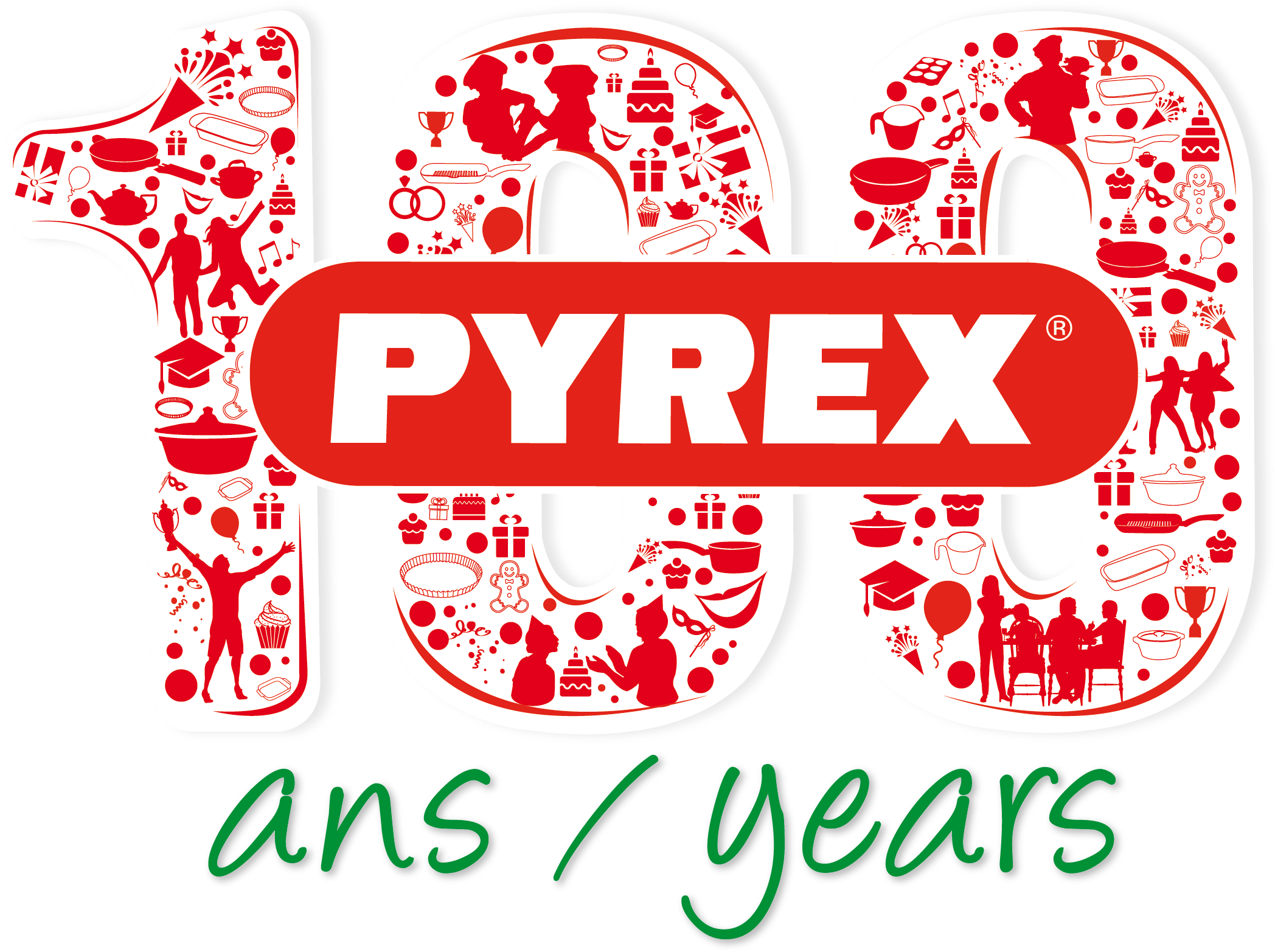
The brand celebrates its 100th anniversary
The brand celebrates its 100th anniversary

2017
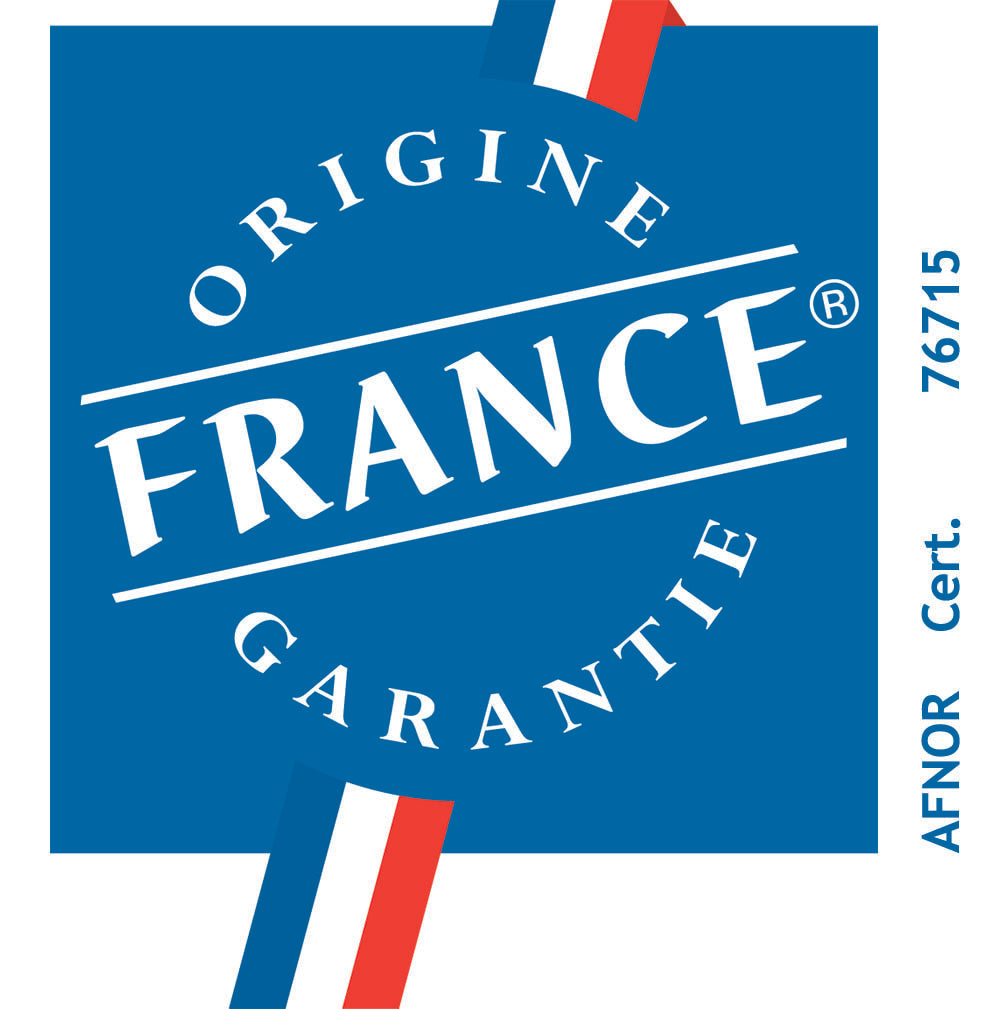
2017
Obtaining the French Origin Guarantee label
Launched in 2010, the "Origine France Garantie" certification is now well anchored in the minds of the French. 82% of those questioned know "Origine France Garantie". It thus differentiates itself from "Made in France" by going further in its selection criteria. It thus guarantees that your product takes on its essential characteristics in France and that at least 50% of its cost price is French. It is a guarantee of confidence in the French manufacturing origin of a product for 84% of French people
2021
2021
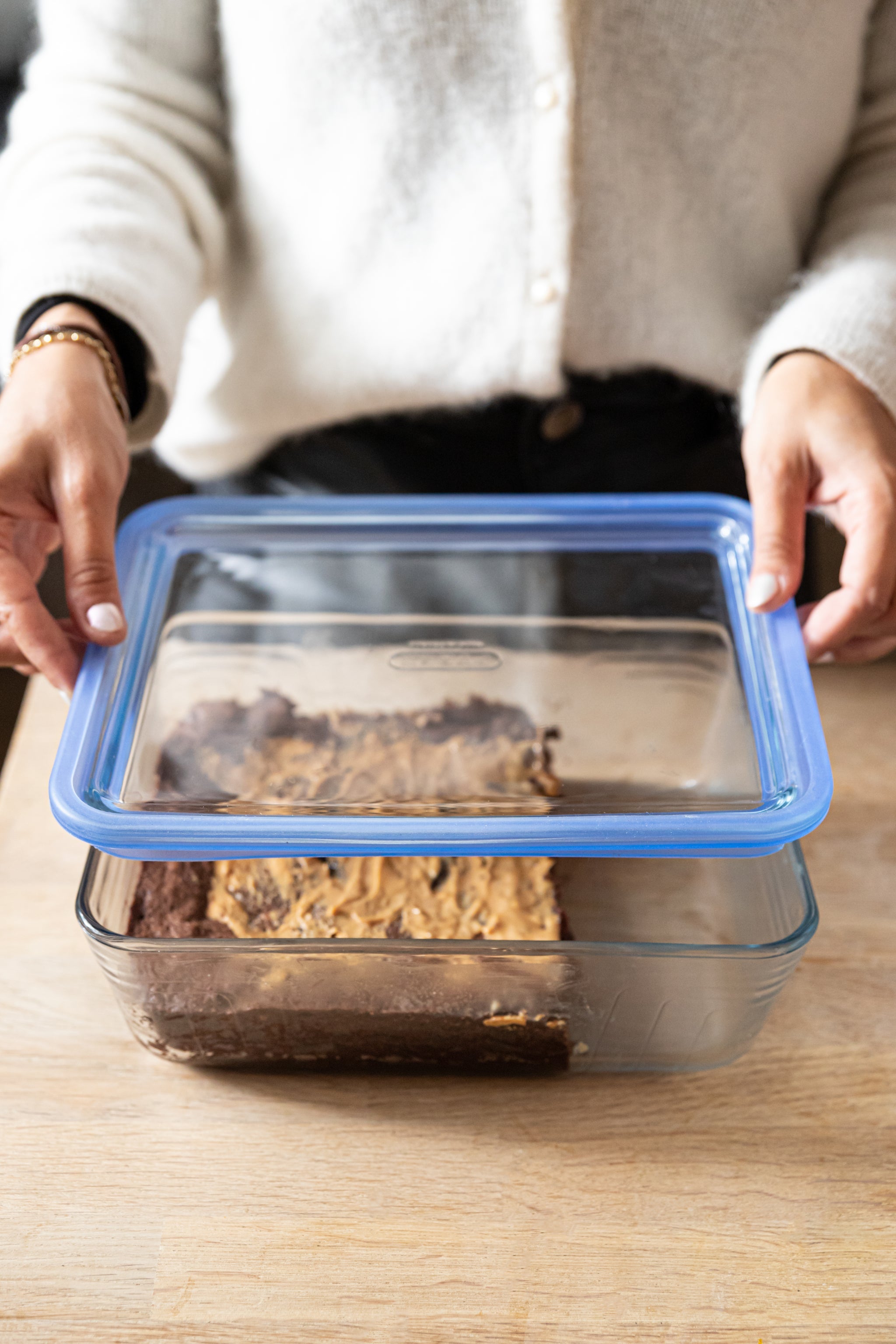
Launch of the 1st range of all-glass storage boxes
Launch of the 1st range of all-glass storage boxes

2023
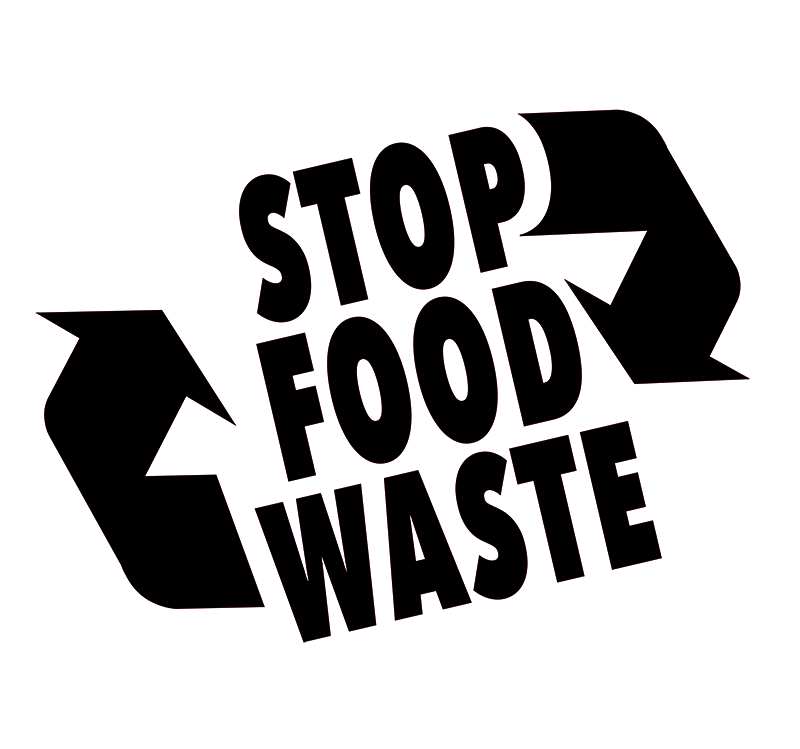
2023
Pyrex® is committed to the fight against food waste
CAt Pyrex®, we have been committed for over 100 years to healthy and delicious cuisine that is ever more respectful of the planet. We want to make cooking a moment of spontaneous and uninhibited pleasure for everyone on a daily basis. Sustainability of our products, French manufacturing, ever cleaner technologies to reduce our carbon footprint, eco-designed products to better preserve, store and thus fight daily against food waste... Our fight for a better preserved planet is growing stronger every day for you. sides.

